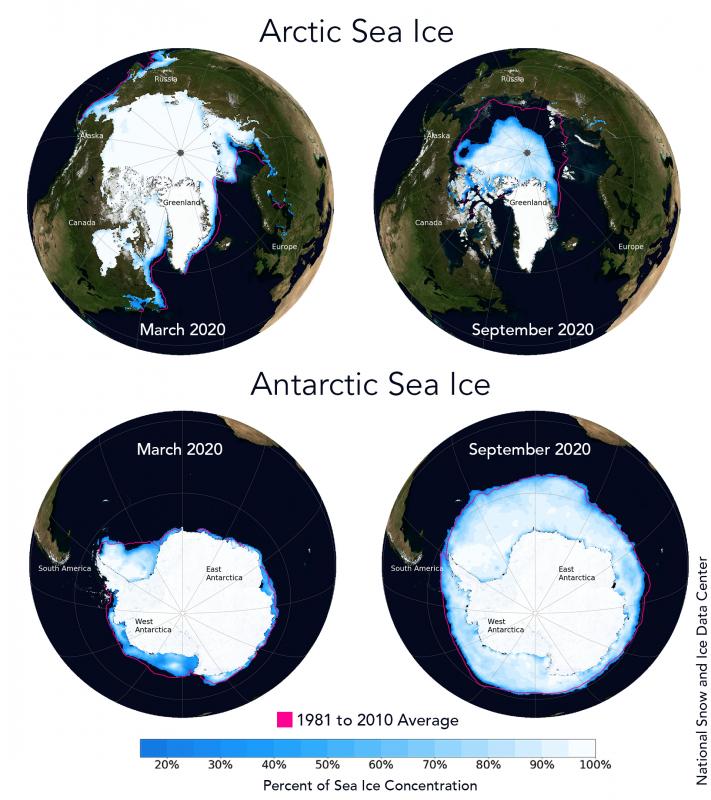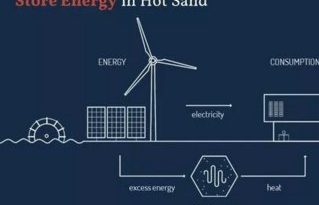OUT OF SIGHT BUT CERTAINLY NOT OUT OF MIND.

The media has been awash with stories of marine heatwaves across the northern hemisphere, the potential collapse of the Atlantic meridional overturning circulation by mid-century and the record-breaking deficit in Antarctic sea ice emerging this southern winter. Alongside heatwaves and bushfires in North America and southern Europe, flooding in China and South American winter temperatures above 38C, the climate has moved from a “future problem” to a “now problem” in the minds of many. As more and more information and stats are published it seems incredulous that power brokers are not seeing the enormous warning signs. The Southern Ocean is the driver of almost all the melt of the Antarctic ice sheet. Since 1992 the Antarctic has been losing ice at a rate of around 100bn tonnes per year, driven primarily by warmer deep waters coming into contact with the ice sheet. This melt has driven up global sea levels by about 7mm out of the total 10cm rise since 1992. The proportion that Antarctic melt contributes to this rise is increasing and is projected to raise sea levels to somewhere between two and 10 metres by 2300 under present emission trajectories. This uncertainty is encapsulated in the ongoing phenomenally low sea ice growth season. There is now 2.5m sq km less sea ice than there should be at this time of year, roughly the size of Western Australia. It is so far outside our observed records that hyperbole has flourished even within the scientific community. Many theories exist for this year’s anomaly, but the question of whether this is climate change finally catching up with the previously robust Antarctic sea ice, as it has in the Arctic, is still unknown at present and will take years to untangle. These are the pressing questions oceanographers need to answer to chart a course through an uncertain coming century. Hundreds of scientists are meeting in Hobart to discuss exactly how we should do this. The Southern Ocean Observing System, a coalition of scientists from across the world, is holding its first ever global conference on the Southern Ocean in a changing world. The call arising from this gathering of experts will inevitably be that we need more and new observations of the Southern Ocean and Antarctic, especially in the winter and under the ice, where there is presently almost no data. It will say we need to improve our understanding of ice and ocean processes and incorporate these into new and better models, and it will also say that we need more coordination between nations, such as the Ocean-Ice.eu project, to cover the vast and complex wilderness of the Southern Ocean and Antarctic.



